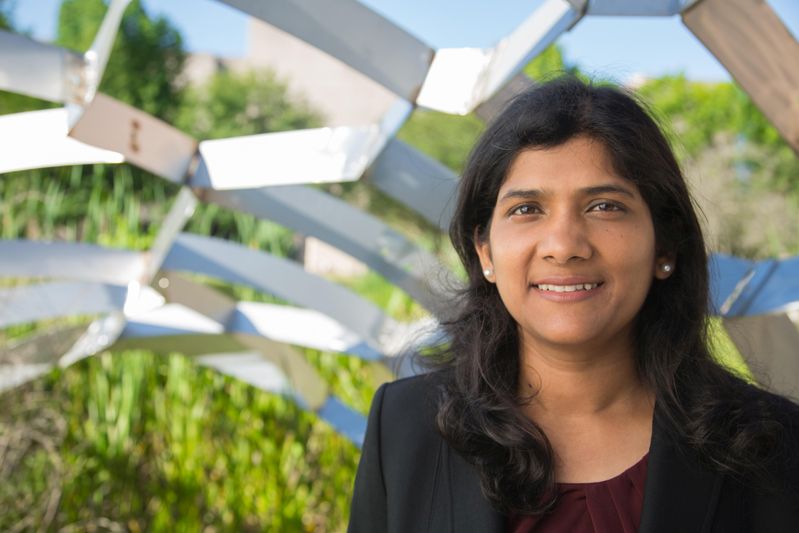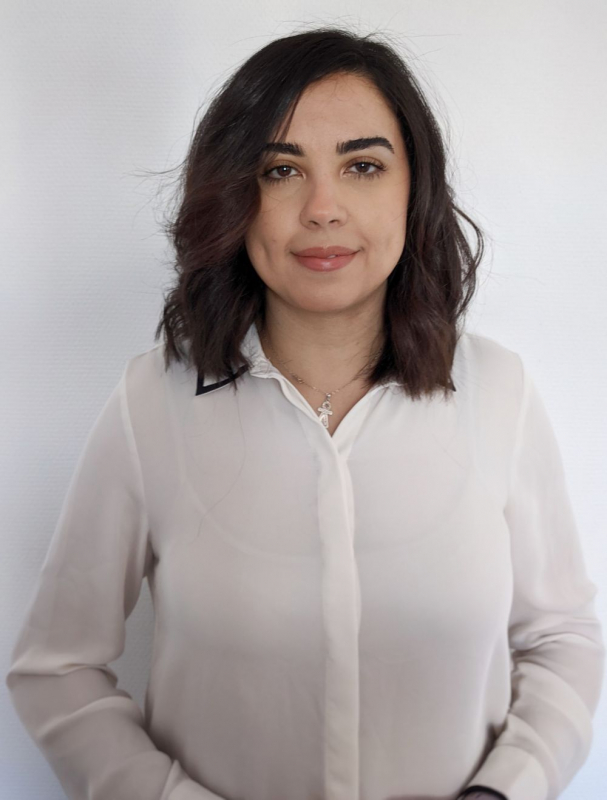Nobody would want to drive a car made of a very strong material that shatters in a collision, so the design of materials with high strength as well as high ductility – or less brittleness – has been the holy grail of materials science since the beginning of mankind. It was important for survival then, between making tools, weapons and eventually machines, and it is just as relevant now when we think of next-generation airplanes, turbines, spacecrafts and nuclear power systems.
Because of this, the quest for ultra-high strength materials with ductility is still an active area of research. For example, research over the past few decades generated a lot of excitement about the discovery of intermetallics, a special class of metallic alloys formed from two metals and having their own crystalline order. Although they have great mechanical properties such as high strength, they are inherently brittle, which has severely dampened the enthusiasm surrounding intermetallics.
In a paper published recently in Science Advances, two Cullen College of Engineering researchers – Dajla Neffati, Ph.D., a recent graduate, and Yashashree Kulkarni, Ph.D., Bill Cook Professor of Mechanical Engineering – offer a novel solution with their collaborators at Purdue University.
The group shows that intermetallics can exhibit ultra-high strength as well as improved ductility when they are designed with grains (regions with different crystalline orientation) only a few hundred nanometers in size separated by thick grain boundaries (boundaries between adjacent grains with different orientations).
In this study, Xinghang Zhang, Ph.D., and his group at Purdue University, synthesized nanocrystalline CoAl, an intermetallic compound made of Cobalt and Aluminum with nano-scale grains, which had thickened grain boundaries as Co atoms segregated to these boundaries between the grains. Their nanopillar compression tests together with atomistic simulations performed by Neffati, led to a startling revelation. These novel grain boundaries imparted exceptional strength by arresting the movement of defects generated during deformation and also acted as a sink to accommodate the defects thereby leading to enhanced ductility.
“Whenever a material deforms or ultimately fails, it all starts at the scale of atoms, where defects are formed breaking the crystalline order,” Neffati said. “In this study, we show experimentally and computationally, how specially designed 'thick' interfaces can provide an amazing solution to the strength-ductility trade-off.”
Kulkarni collaborated with Zhang briefly during her post-doctoral stay at University of California at San Diego. After she joined the faculty at UH, they continued discussing their many research intersections, which eventually led to an NSF grant and this collaboration.
Kulkarni recalled a quote by Sir Colin Humphreys, a famous materials scientist, that she works and lives by: “Crystals are like people; it is the defects in them that tend to make them interesting.”
The overarching focus of Kulkarni’s work is to understand the atomistic underpinnings of how defects, such as surfaces and interfaces, play a vital role in determining the physical properties of crystalline materials and how simulations can suggest routes for experimentalists to manipulate materials at the scale of atoms to design new materials with unprecedented properties.
“In my group, we will continue to use and develop computational methods to seek answers to fundamental materials science questions and enable the discovery of novel materials including nanostructured metals, intermetallics and high entropy alloys, to name a few exciting avenues,” Kulkarni said.

